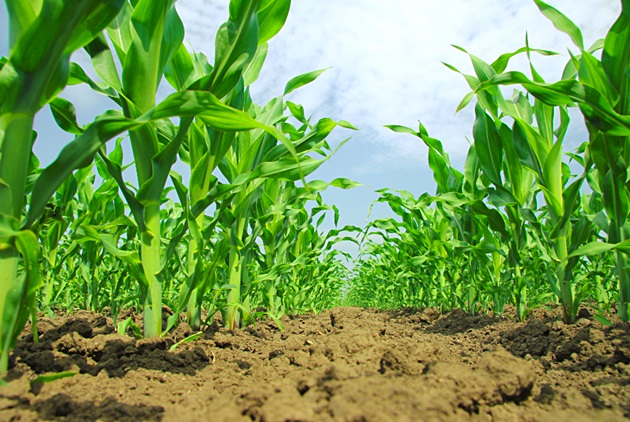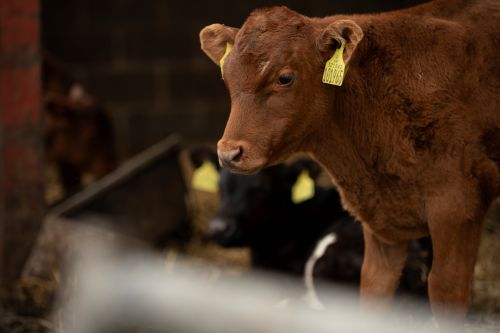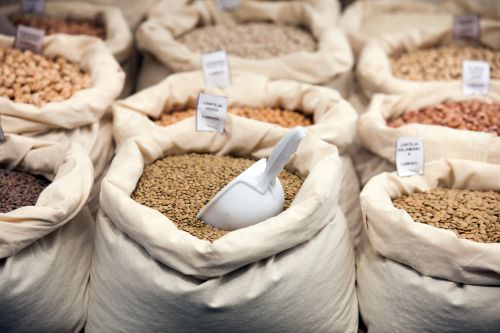
According to DGAgri, in 2024, EU imports are expected to be lower for corn (-33%), soft wheat (-17%), and barley (-17%), while imports might increase for durum wheat (+37%) to compensate for lower domestic production.
Overall, EU cereal imports in 2024 remain 17% above the 5-year average. However, improved logistics of the Black Sea corridor facilitate Ukrainian cereal exports to global markets, with fewer Ukrainian cereals entering the EU.
The EU cereal trade balance is expected to return to the historical average in 2024/25. Recovering domestic production and relatively large starting stocks should allow ample export potential.
In 2024, EU cereal consumption is not expected to change substantially (+0.7% year-on-year), remaining 0.6% below the 5-year average.
Stable use in the EU could be driven by stable human consumption (+0.5%) and animal feed (+0.3%), reflecting fairly stagnant EU animal production expected in 2023/24, although lower grain prices in 2023 and the widespread availability of quality feed grains offer good opportunities for animal producers.
The use of cereals for industrial purposes is expected to increase slightly compared to 2022/23 (+3.8%), of which 12 million tonnes of cereals (+12% annually) could be used for biofuel production.
EU cereal consumption in 2024/2025 is expected at this stage to be at a level similar to the current marketing year. (Photo: Dreamstime)





